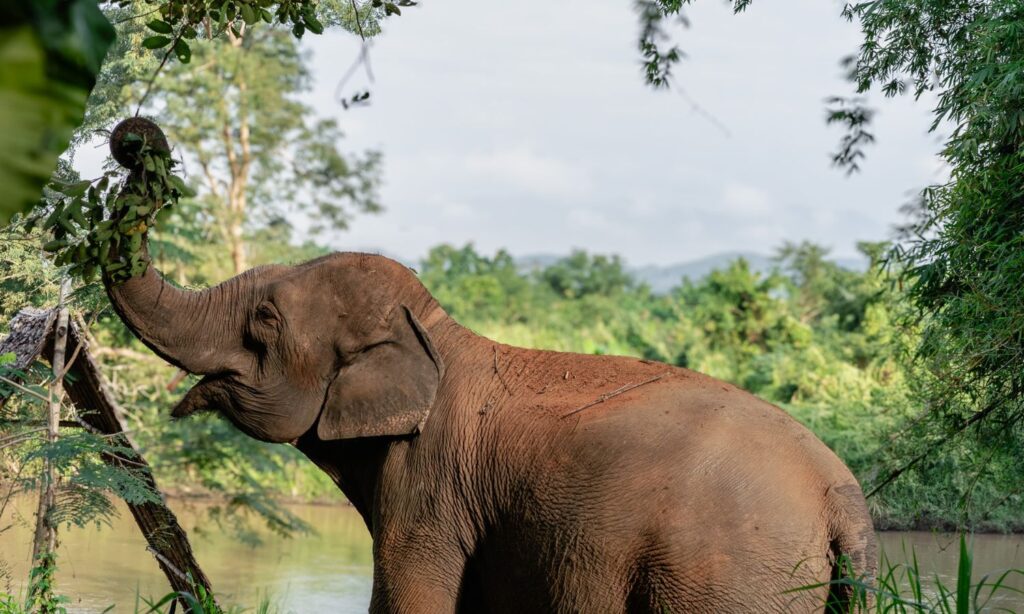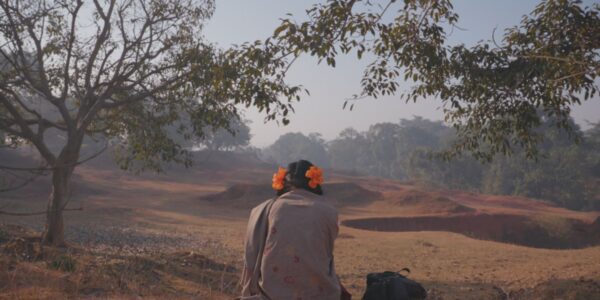Welcome to Where To Next?—a column by our intrepid globetrotting travel writer, Natasha Bazika. Her insatiable curiosity takes her to lesser-known destinations, away from tourist hotspots, and into the heart of diverse cultures and communities. She invites you to be a virtual companion on an exhilarating expedition, venturing beyond the beaten path.
“One of our elephants was arrested in Burma for three days,” says my skipper as we’re gliding along the milky dark-orange Mekong River in a traditional Thai long-tail boat.
Rising in southeastern Qinghai province, China, the 4,350km river snakes through the eastern part of the Tibet Autonomous Region and Yunnan province to form the international border between Myanmar (Burma), Laos, and Thailand. The section I’m gliding through is the Golden Triangle, once a popular spot to traffic opium poppies, I’m told. Nowadays, you’re more likely to see fishing boats and elephants on the riverbank — some daring to cross the border for bananas.
Veering left down the Ruak River, parallel to the Mekong, we zip past Thai fishing boats laden with the day’s catch, their wide-sprung nets showcasing the bounty of these waters. At cocktail hour, I learned of a unique river etiquette: Thai fishermen must yield to their Myanmar counterparts by 5 pm, clearing the waters for a shift change.
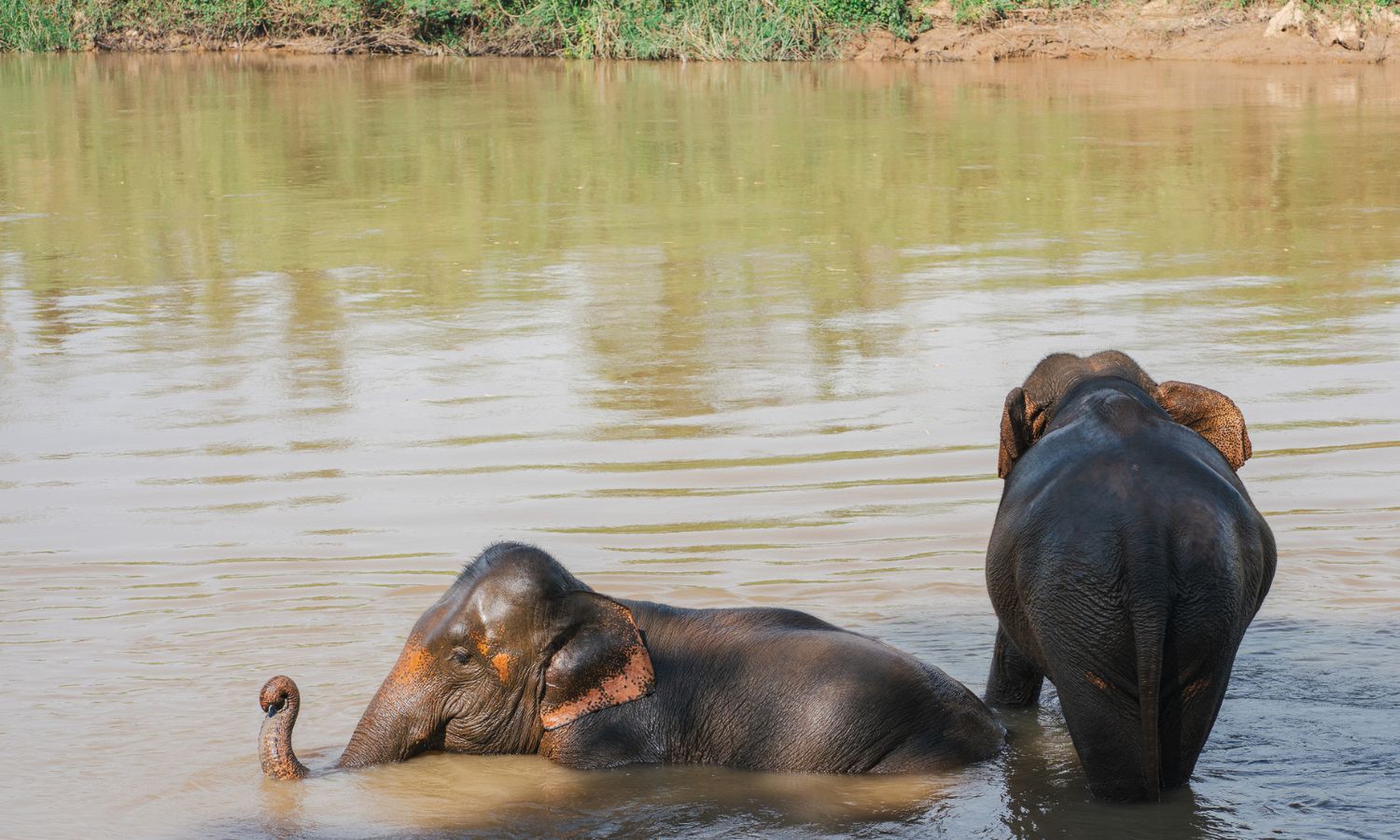
In less than 10 minutes, the boat glides to a floating platoon, where a welcoming party awaits. I hit the gong three times, announcing my presence, a tradition, before entering the Four Seasons Tented Camp. In all honesty, arriving by boat isn’t the only way to get here, but it’s a grand arrival you can’t pass up.
I clocked my bearings from the breezy thatched-roof pavilion, with rustic hardwood floors and cushioned longes crafted from bamboo, where a welcome drink of butterfly pea flower and coconut water sets the tone for my stay. Myanmar’s mountains are directly in front, shrouded in haze and overreaching forests. I can’t see Laos, but the Ruak River is right below, and the jungle is right behind me. The air is thick and damp, and the powerful trumpets echo through the forest.
My Elephant and I
I’m ashamed to admit I rode an elephant in Thailand. I was 13, in Bangkok, with my family for a wedding, and it was on the itinerary. It was a popular tourism experience back then, but now, you’d be hard-pressed to find a place that allows it, including Four Seasons Tented Camp. The camp is part of the Golden Triangle Asian Elephant Foundation (GTAEF), which rescued countless elephants from the streets of Bangkok two decades ago and continues to improve the lives and welfare of captive elephants.
At the camp, you can sign up for many off-grid excursions, such as learning to fish with a local or visiting temples, but the main attraction, and for many, the reason for visiting the camp, are the elephants, more specifically, the My Elephant and I experience.
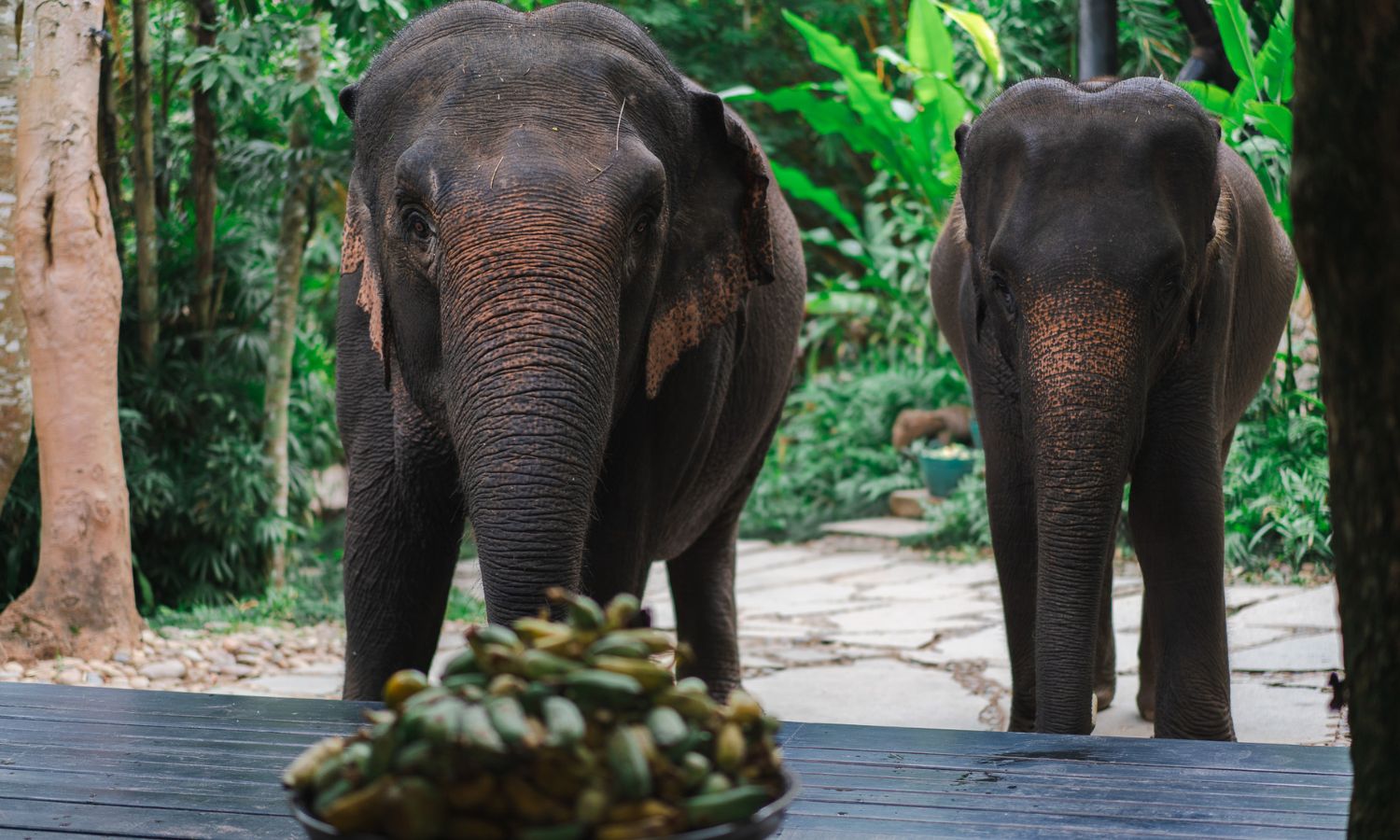
My morning starts with a light breakfast of fluffy banana pancakes and wild honey folded across the stack and elephants to my right. Two elephants walk up to the pavilion at around 8 am every morning, waiting for guests to feed them.
Contrary to what the cartoons taught us, elephants don’t care for peanuts. They’d rather consume between 150 and 170kg of bananas and the occasional coconut, which they stomp first. I pick up a small banana from the towering stack and reach out to Linda, who rushes me with her trunk, curling it around the top end, being careful not to graze me. Before I can even bend down to get another, her trunk is ready and waiting to vacuum up another delicious banana.
After breakfast, I follow the mahouts to a pond the size of a public swimming pool, where I spot five a parade of elephants swiftly stomping down the hill and eventually splashing into the pond like a boat launching — it’s bathtime. Bathtime is a cherished daily ritual for elephants and the mahouts — for us (visitors), it’s the chance to see their mischievous side.
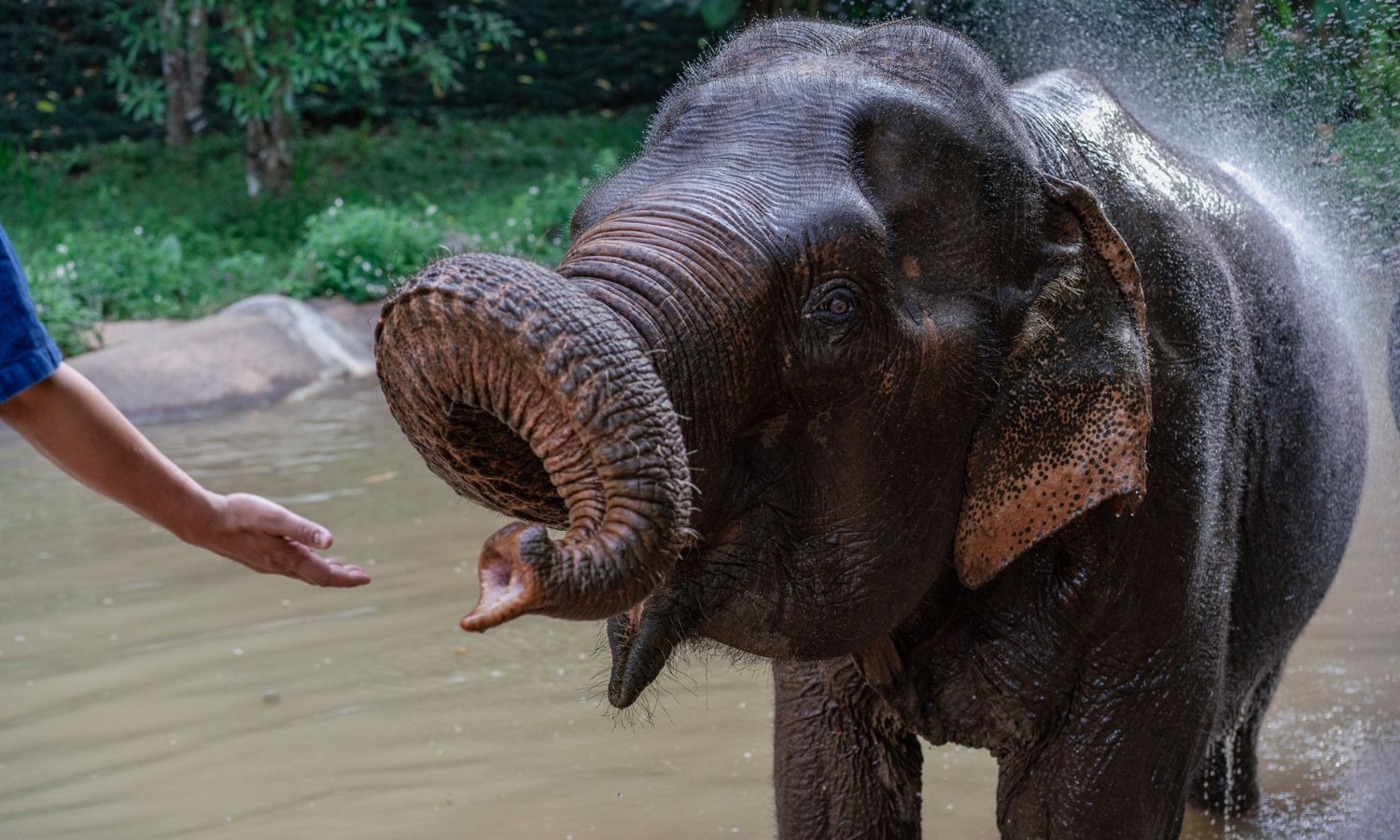
I’m handed a hose with a roughly cut-off end and no nozzle. “They like to drink from the hose,” says a mahout as an elephant curls its trunk below my feet. I’ve never been this close to an elephant, let alone poured water down one’s trunk.
After a few minutes of cascading water into the trunk like a tap, my elephant, Sapphire, shovels it into her mouth, letting out a big blow of air and spraying me with water. Everyone laughs, including the elephants. They’re child-like, stealing water from other guests’ hoses, spraying each other, trunks up in the air, waving them like noodle arms.
“We had one elephant walk to Myanmar, ate all the bananas, then returned to the camp,” said one of the mahouts.
Each elephant has a mahout, a tradition passed down through generations. In this lineage, sons undergo training from their fathers, who, in turn, learned the art from their grandfathers, and so forth.
Typically hailing from indigenous tribes with rich ancestral connections to elephants, mahouts were traditionally men. While their roles today often revolve around tourism, it’s important to recognise that being a mahout and caring for elephants was once considered a sacred calling.
In times past, these individuals were highly esteemed for their exceptional skills, playing pivotal roles in Thailand’s civilisation, spanning from wartime contributions to agricultural practices and building. Elephant tourism provides mahouts with income, accommodation, health care and their elephants with food.
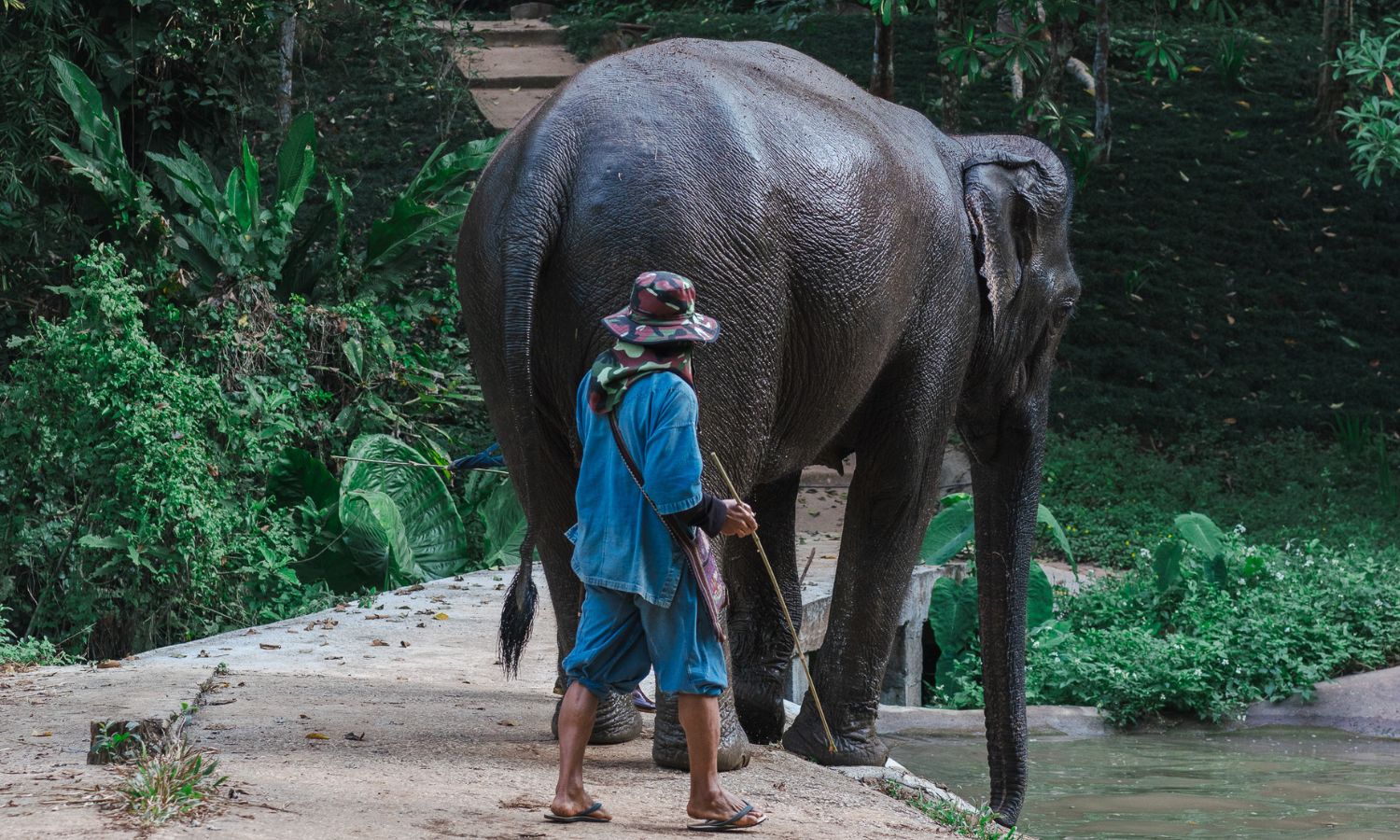
A local mahout informs me the oldest elephant at the camp was 98, who died five years ago. “There have only been five elephants born at the camp,” he says, “but they’re in the wild now.” Around half of Thailand’s elephants live in the wild, approximately 3,500-4,000 elephants.
Elephants are the national symbol of Thailand, with the story of Buddha’s birth elevating these magnificent pachyderms to sacred status. White elephants, in particular, were adopted for royal duties, eventually symbolising the king’s authority. During the fifteenth century, elephants were used in battle against Malays and Burmese, stamping them with the symbol of strength. Despite their sacred significance, centuries of suffering, poaching, and deforestation have led to a declining elephant population. Thailand was home to 100,000 elephants a century ago — a stark contrast to the current situation.
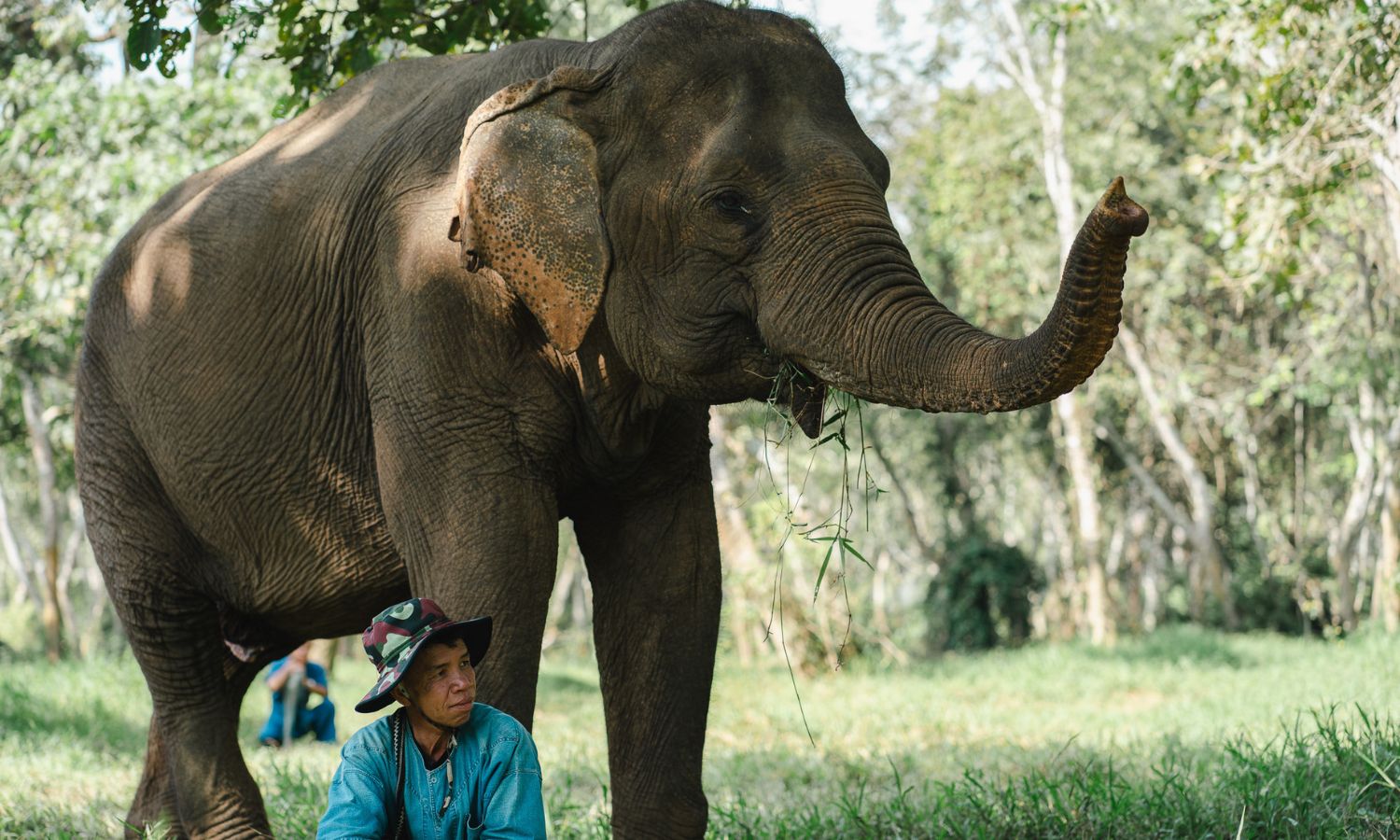
After bathing, we follow the elephants through the jungle to a clearing, where we’re joined by more elephants grazing while their mahouts find solace in the heat under a tree. They’re free; there are no fences, no cages. They live out their days wandering the camp, wolfing stacks of bananas and vegetation. They’re free to come and go. As for the guests, we walk idly by these behemoths with gentle souls and an infantile spirit, taking care not to tread in their footsteps but rather follow and observe from a distance.
Related: Kangaroo Island Is an Unexpected Winter Delight
Related: A New Golden Route Takes You Into the Heart of Japan
Read more stories from The Latch and subscribe to our email newsletter.


